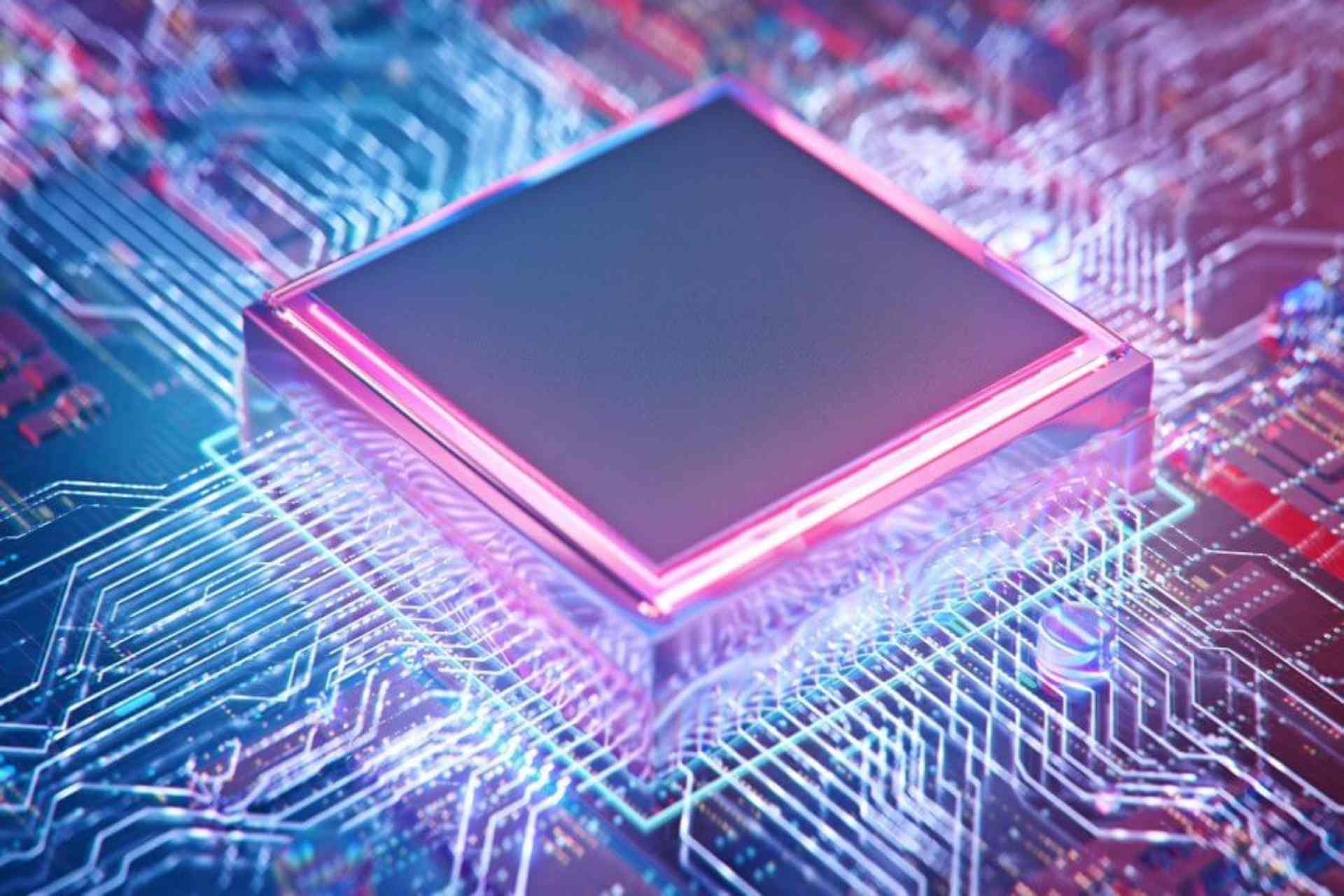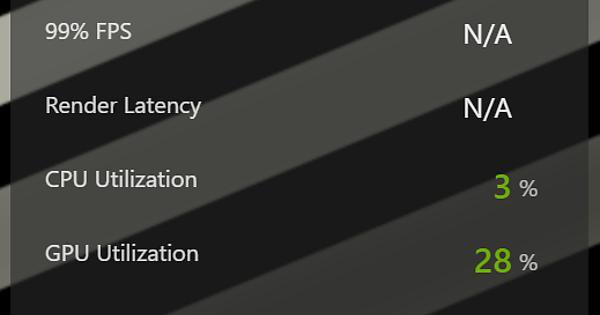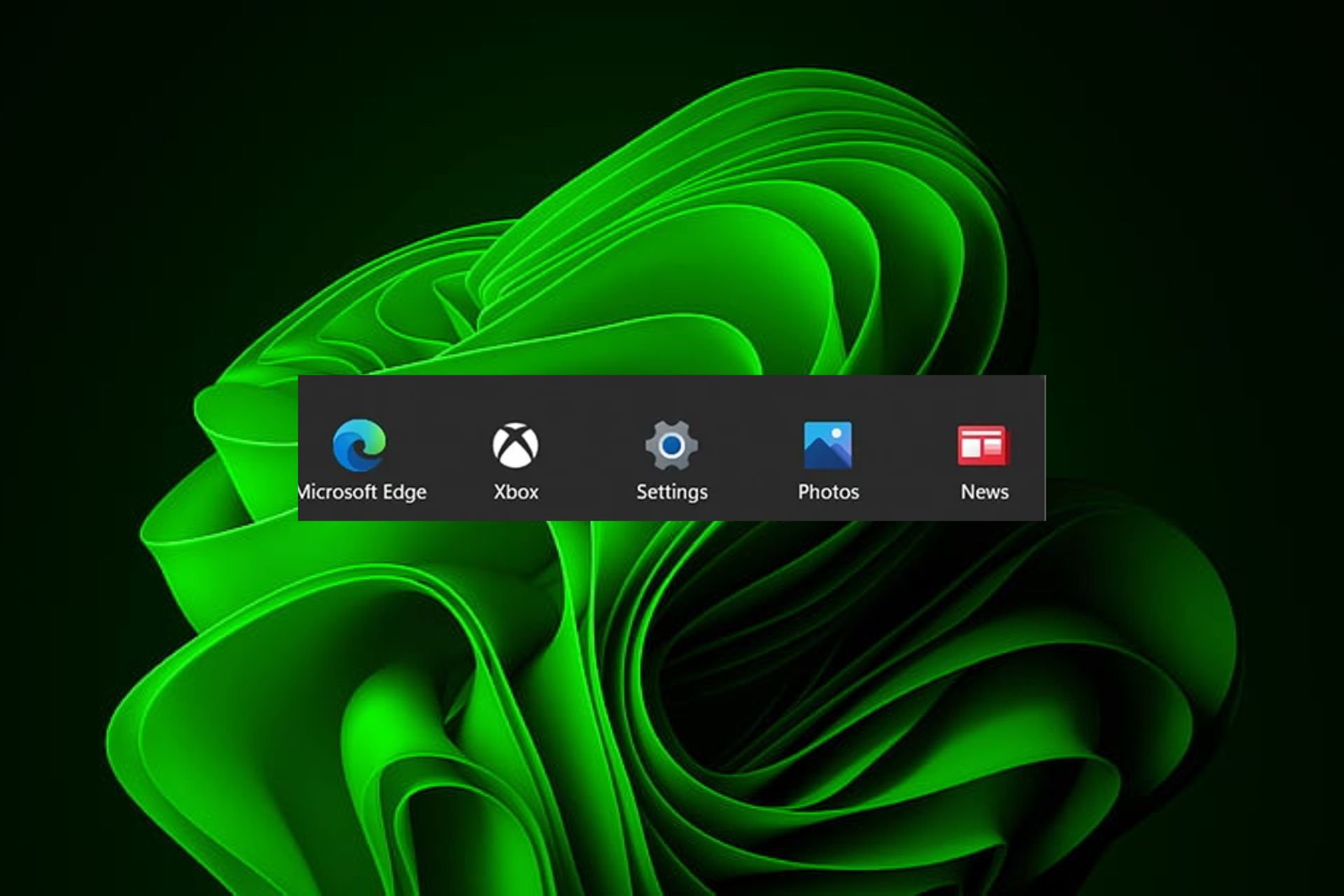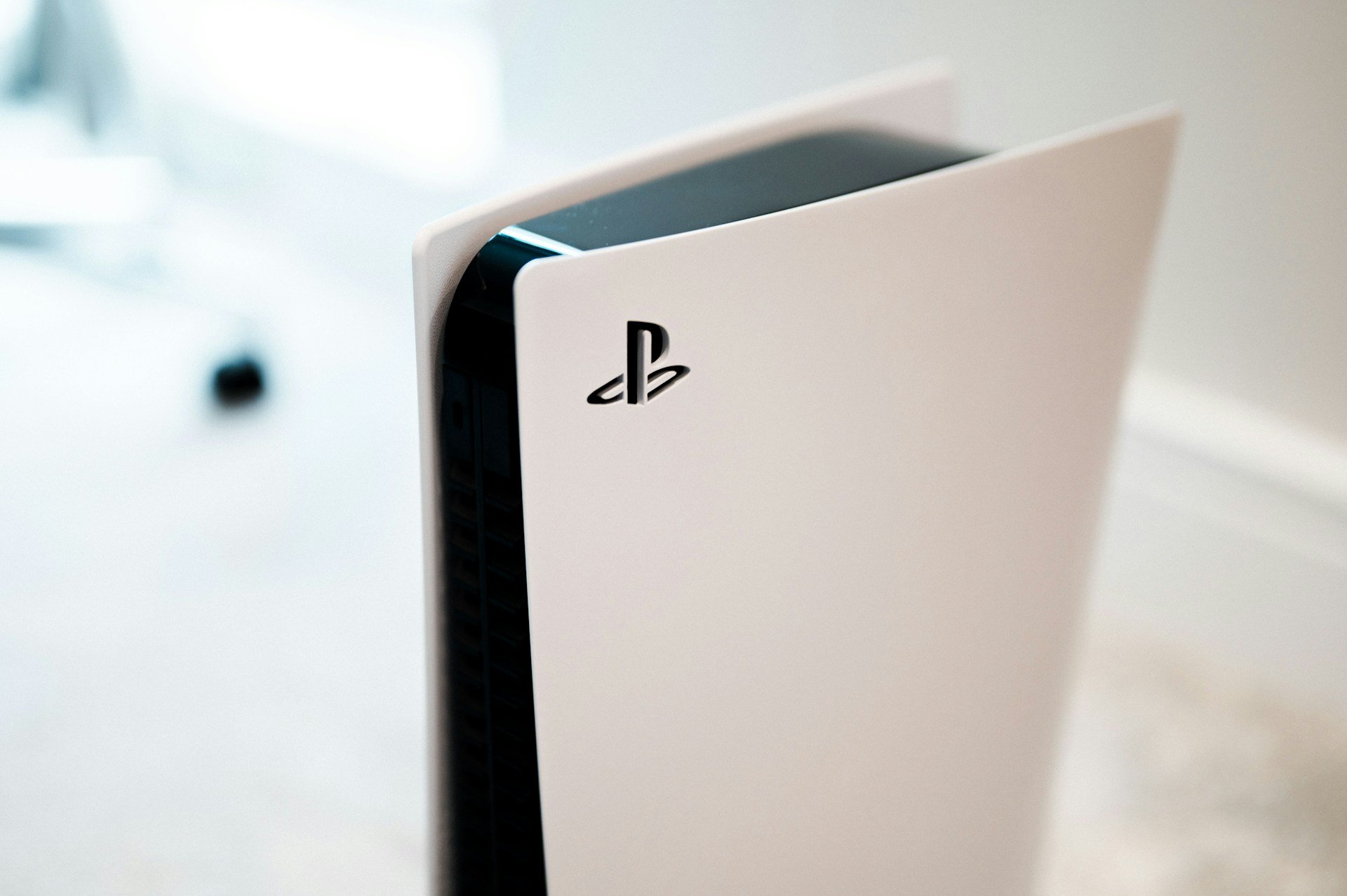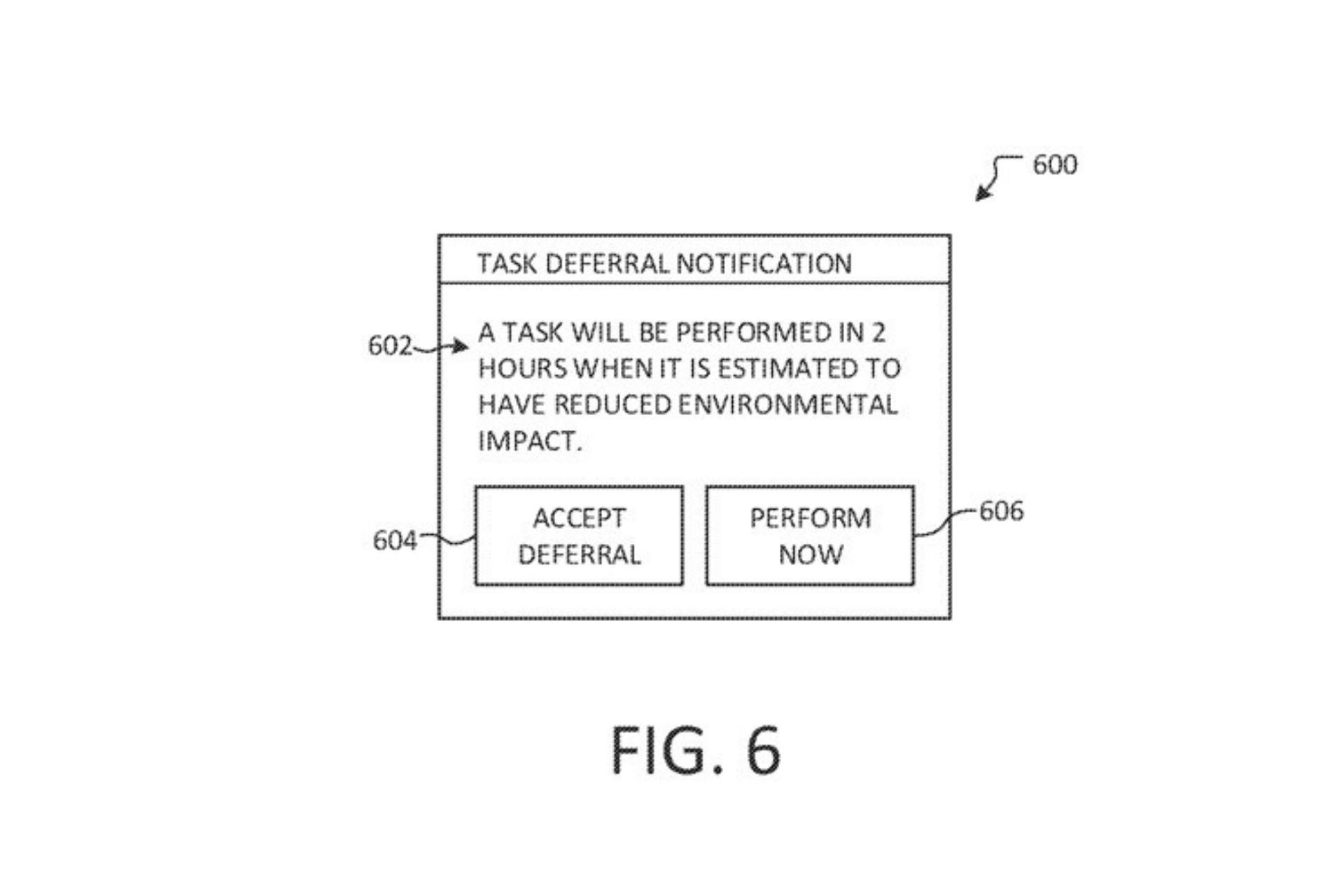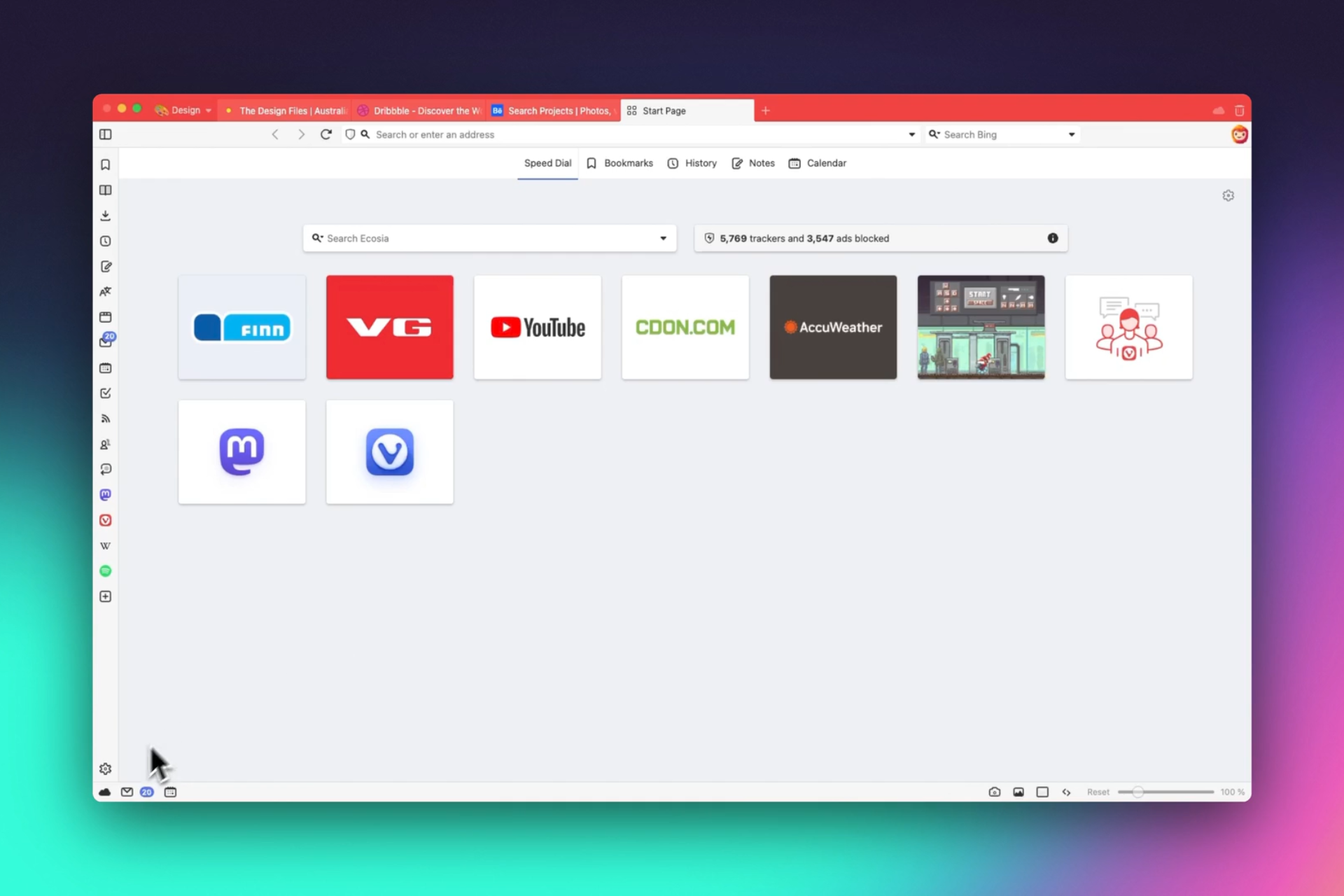DirectX 11 vs DirectX 12: Complete Performance Comparison
DirectX 11 vs DirectX 12: Performance explained
6 min. read
Updated on
Read our disclosure page to find out how can you help Windows Report sustain the editorial team Read more
Key notes
- DirectX 11 and DirectX 12 are two different versions of Microsoft's graphics API, the latter being the newer version.
- The newer version promises to make games and other graphics software faster and more efficient, but it requires hardware that supports it.
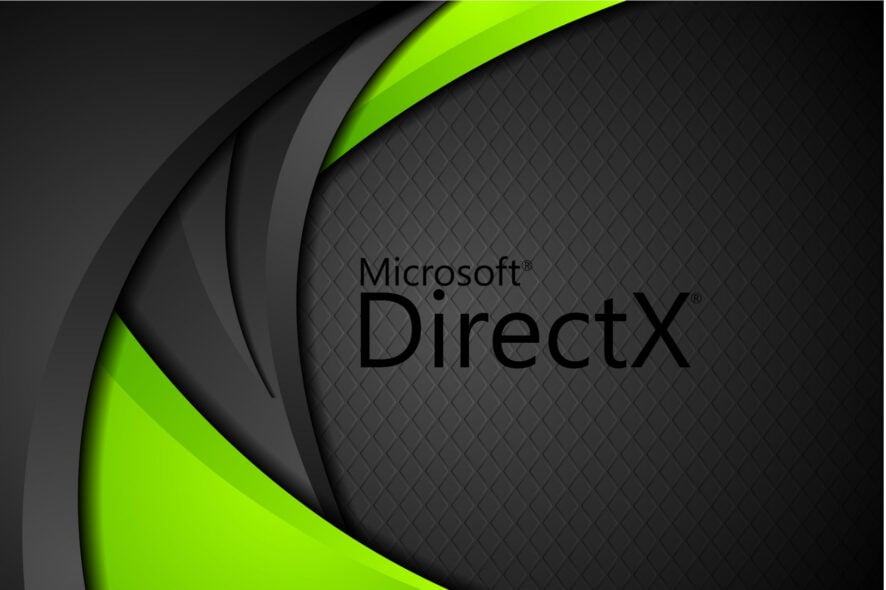
DirectX 11 and DirectX 12 are the present and future of gaming graphics API. Both have different capabilities and performance characteristics.
The main difference between DirectX 11 and 12 is that the former is designed for use on systems with single GPU configurations. You can download DirectX 12 on Windows 11 as it is designed for use on systems with multiple GPUs.
Should I use DirectX 11 or 12?
The main difference between the two APIs is that DirectX 12 can improve performance by reducing CPU usage. Instead of having to process every frame on your computer’s graphics card, you’ll only have to do it once, then send it to the GPU for processing.
With this in mind, it should already be clear whether you should go for DirectX 11 or 12. The biggest advantage that DirectX 12 brings is lower CPU overhead.
Because it uses less CPU time than earlier versions of DirectX, it allows your PC to run games more smoothly by handing off work from the CPU onto the GPU instead.
This means that if you have an older PC that’s struggling to keep up with modern games’ demands for visual fidelity, upgrading your graphics card might not be enough. Upgrading your CPU may be required as well.
If your CPU is not multicore, it is best to stay away from DirectX 12. This is because if your games are slow or laggy, this move will make it worse. DirectX 12 is designed for high-end gaming PCs built with newer hardware. It’s unlikely that you will see any improvement if you don’t have the right hardware.
When should I go for DirectX 12?
DirectX 12 has several improvements over previous versions of DirectX 11. The most obvious difference between the two is that you need a PC running Windows 10 or 11 to use DirectX 12.
You can still use DirectX 11 on Windows 7 and 8, but you’ll get better performance out of your PC if you upgrade to Windows 11. Windows 11 has been named the best OS yet for gaming and it is easy to see why.
It’s also important to note that DirectX 12 is not compatible with all games yet. Luckily, more titles are being added all the time.
What’s the difference between DirectX 11 and DirectX 12?
DirectX 11 and DirectX 12 are two different versions of the same thing. In other words, they both provide the same functionality and they can be used in parallel on the same system. The only difference is that DirectX 12 is a newer version and it has some advantages over DirectX 11.
DirectX 12 isn’t just for gaming, either. Developers also find it perfect because of its lower overhead. This means they can squeeze more out of your computer’s hardware than with older versions of DirectX.
Multi-core support
DirectX 11 only uses one core on your CPU for graphics tasks like rendering. But with DirectX 12, you can use up to six cores or even more if your CPU supports Hyper-threading.
The ability for multiple CPU cores to work on different system tasks simultaneously allows for some significant performance increases over previous versions of DirectX.
This gives you a big performance boost when playing games on low-end computers, and reduces lag when playing online with many players.
At this point, it is important to mention that switching to DirectX 12 from DirectX 11 will not magically boost performance. Users on forums have complained that their FPS dropped significantly after switching to DirectX 12.
The reason for FPS drop and stuttering is that the game engine tries to use all the CPU cores at once, and if your PC doesn’t have enough power, it will drop frames.
Another factor is that some graphics cards do not support DirectX 12 yet, or they have limited support for it. This can cause problems if the driver does not handle certain features correctly.
However, high-end systems can see even greater performance gains due to their increased number of CPU cores and other factors such as memory bandwidth speeds.
Asynchronous Compute shaders
DirectX 11 didn’t provide any support for asynchronous compute shaders. Each device had its own queue of work to do and could only work on one thing at a time.
In a traditional game, graphics processing tasks are processed on a single core at a time. This meant that GPUs weren’t always being used efficiently; they’d idle while waiting for CPU or memory system instructions.
One of the biggest improvements in DirectX 12 is adding asynchronous compute shaders. Asynchronous compute shaders allow developers to program GPUs to execute multiple tasks simultaneously. This saves time as they don’t have to wait for each other.
This allows tasks to be completed faster, which improves overall performance. In addition, this should also result in reduced power consumption and heat output from your CPU. Theoretically, this should make your computer more efficient.
Do you need DirectX 12 for Windows 11?
Yes, DirectX 12 falls on the list of minimum system requirements for Windows 11 and is a must. And since it was launched back in July 2015, most modern PCs are compatible with it. So DirectX 12 is, most likely, a requirement your PC will meet.
Along with DirectX 12, you need a graphics card compatible with WDDM 2.0 (Windows Display Driver Model).
Does using DirectX 12 improve FPS?
The answer is yes, it does improve FPS — but only if you’re using a supported graphics card. It uses less CPU time and it allows for more work to be done at the same time. This means that games that use DirectX 12 can run faster on the same hardware.
Because DirectX 12 uses less CPU time, games that use it can also run better on lower-end CPUs. If you previously had issues playing certain games because your PC wasn’t powerful enough, this presents an opportunity to play these games.
Finally, after the side-by-side comparison, it wouldn’t be complete without a recommendation. Both technologies certainly have their uses in gaming and graphics, but which one should you use? Which is more efficient, faster, and ultimately better for gaming?
To give a simple answer based on our testing, it all depends on your hardware. If you’re using Windows 10 or 11 and a relatively modern video card, you should use DirectX 12.
To use DirectX 12 at all, your computer has to be designed with the technology directly in mind. Otherwise, you may see performance issues while using it.
If you’re on Windows 7, or worse yet, Vista or XP, DirectX 11 will probably be best for your needs.
Should you experience any DirectX errors on your Windows 11 PC, feel free to check out our recommended fixes.
Let us know your preference in the comments section below.

